The Honest Guide to Snake Plants (And How Not to Kill Them)
I’ve been working with plants for what feels like my entire life, from huge commercial operations to designing green spaces for homes and offices. And through it all, there’s one plant that’s always there, standing tall: the snake plant. I’ve seen them looking glorious in sun-drenched lobbies and, honestly, just surviving in the darkest corners of a forgotten office. Their toughness is the stuff of legends.
In this article
But that reputation can be a bit of a trap. People start thinking they’re indestructible plastic decorations, and that’s where things go wrong. They are living things, and while they’re forgiving, they still have needs. This guide is all the stuff I’ve learned firsthand—the practical, no-fluff knowledge I share with clients to make sure their plants don’t just survive, but actually look amazing.
First Things First: How to Pick a Winner at the Store
Before we even talk about care, let’s talk about starting with a good plant. This can save you a world of hurt later. When you’re at the garden center, which can be overwhelming, here’s what to look for:

- Check the Leaves: They should be firm, upright, and feel full. If they’re floppy, wrinkled, or thin, the plant is probably stressed or has been underwatered for a long time.
- Scan for Damage: A few minor scratches are okay, but avoid plants with lots of brown, mushy spots or torn leaves.
- The Mush Test: This is a big one. Gently squeeze the base of the plant where it meets the soil. If it feels soft or mushy… put it down and walk away. That’s the first sign of root rot, the number one killer of these guys.
Why They’re So Dang Tough (The Science Bit, But Fun)
To really get why they’re so low-maintenance, you have to understand how they’re built. It’s pretty clever, actually. By the way, you’ll see them sold under two different names, Sansevieria and Dracaena. It’s the same plant; the scientists just reclassified them recently. Knowing both names helps when you’re searching for a specific type online.
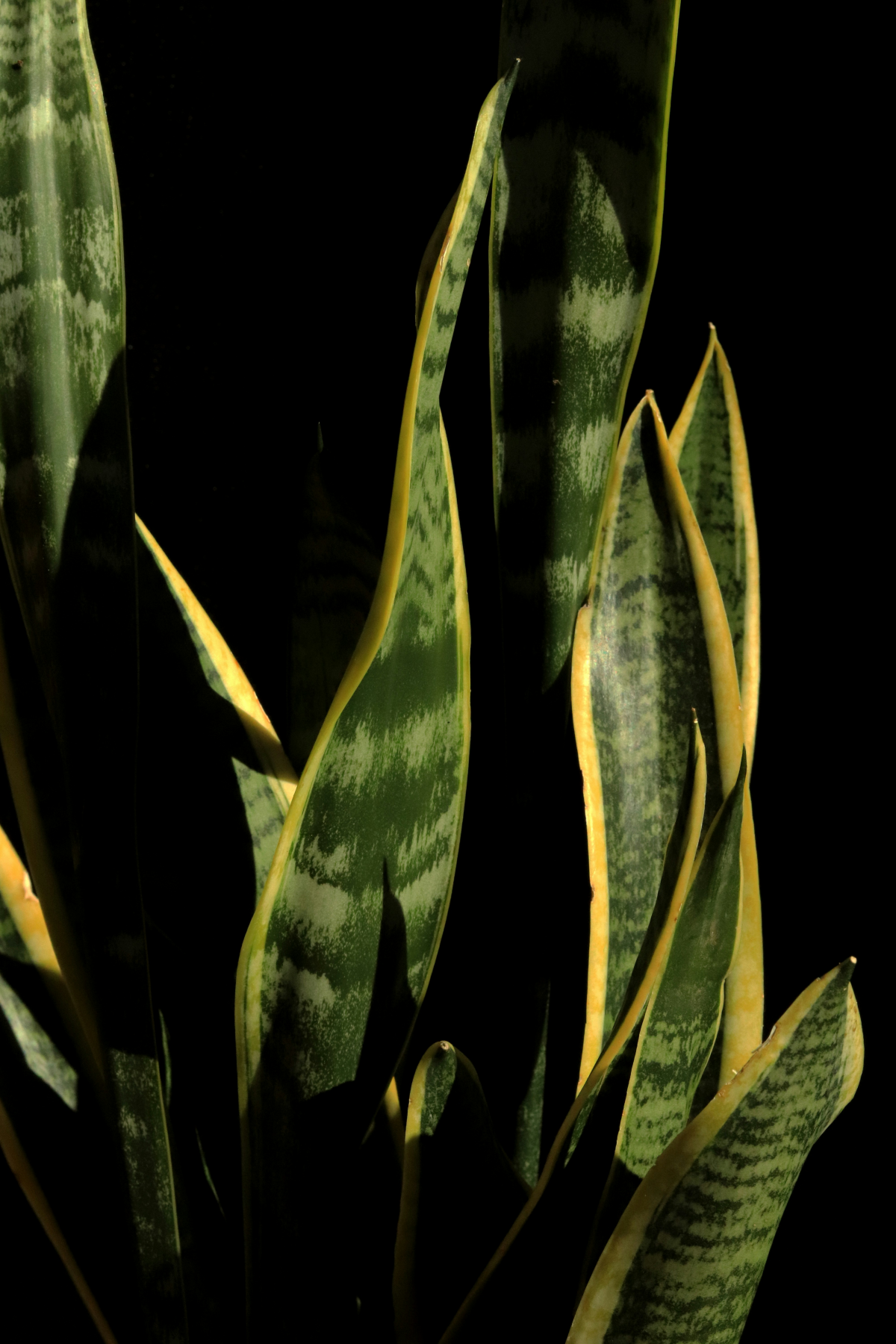
The secret to their success is a special kind of breathing. Most plants open their pores during the day to breathe in CO2, but in the hot, dry places snake plants come from, that would be suicide. They’d lose all their water. So instead, they keep their pores shut all day and open them at night to take in CO2. They store it, and then use it to make energy once the sun is up. The cool side effect for you? They release oxygen at night, making them fantastic bedroom plants.
Let’s Be Real About Air Purification
You’ve probably heard the claims that snake plants are amazing air purifiers. And it’s true, some well-known research a while back showed they can pull toxins like formaldehyde from the air. But it’s important to have realistic expectations. That study was done in a small, sealed lab chamber.
To make a real dent in the air quality of your home, you’d need a literal jungle of them. I always tell my clients to think of the air-purifying quality as a nice little bonus, not the main event. Their beauty and resilience are the real reasons to own them.
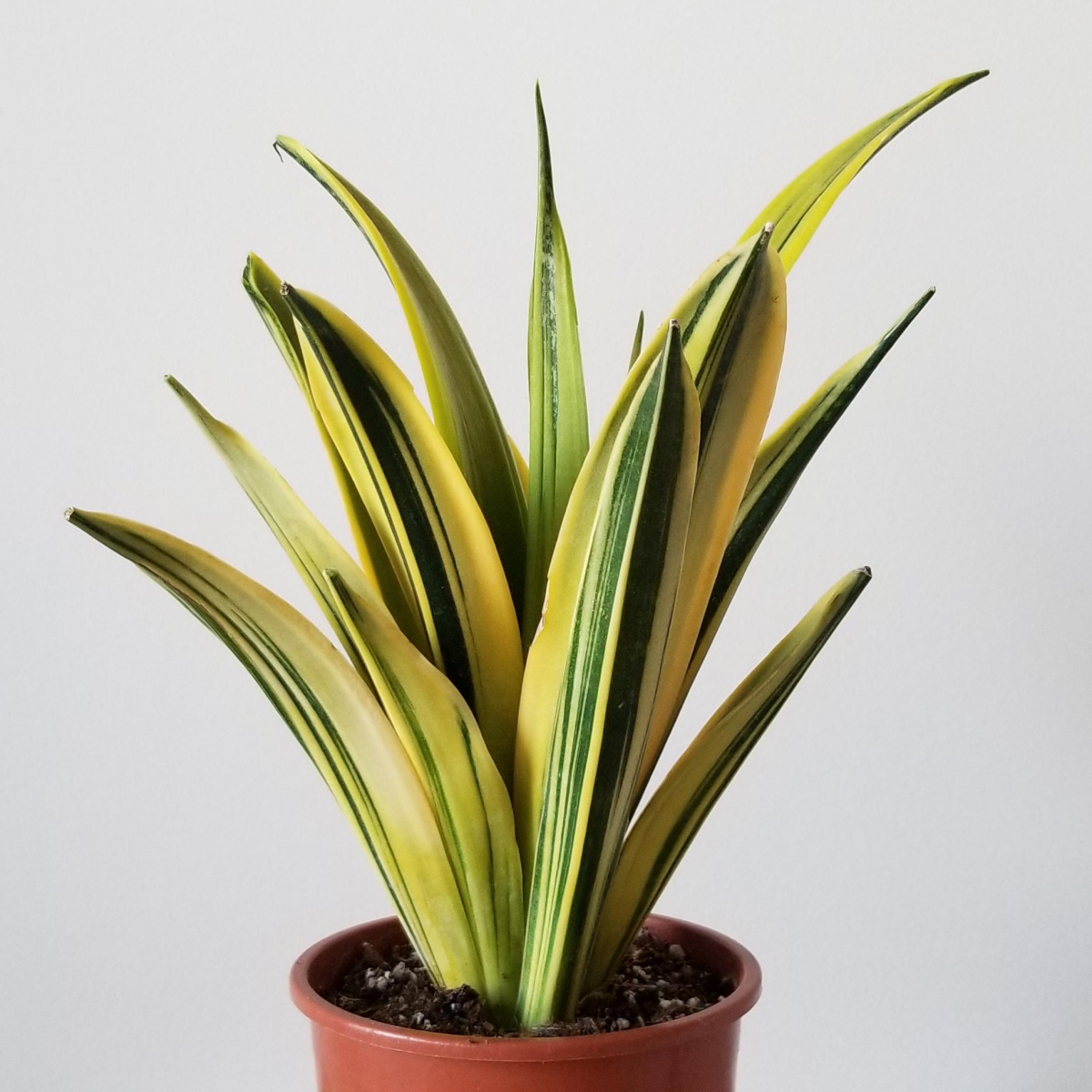
Pro-Level Care That’s Actually Easy
Honestly, the best way to care for a snake plant is to be a little forgetful. Most of the problems I see come from too much attention, especially with the watering can. Here’s how to do it right.
Soil: The Most Important Choice You’ll Make
This is the big one. If you get the soil right, everything else is a hundred times easier. Snake plants absolutely cannot live in dense, standard potting soil. It holds on to water for way too long and guarantees a slow, mushy death from root rot. I’ve seen it happen more times than I can count.
The best setup is a gritty, fast-draining mix. You can easily mix your own. Here’s my go-to recipe:
- 1 part standard potting mix (for a little substance)
- 1 part perlite or pumice (this is non-negotiable for airflow)
- 1 part coarse sand or fine orchid bark (for even better drainage)
When you mix it up, it should feel loose and fall apart easily, not clump like brownie batter. Not a fan of DIY? No judgment! Just grab a bag of pre-made “Cactus and Succulent Mix” from places like Home Depot or your local nursery. It’s a solid B+ option and way, way better than regular potting soil.
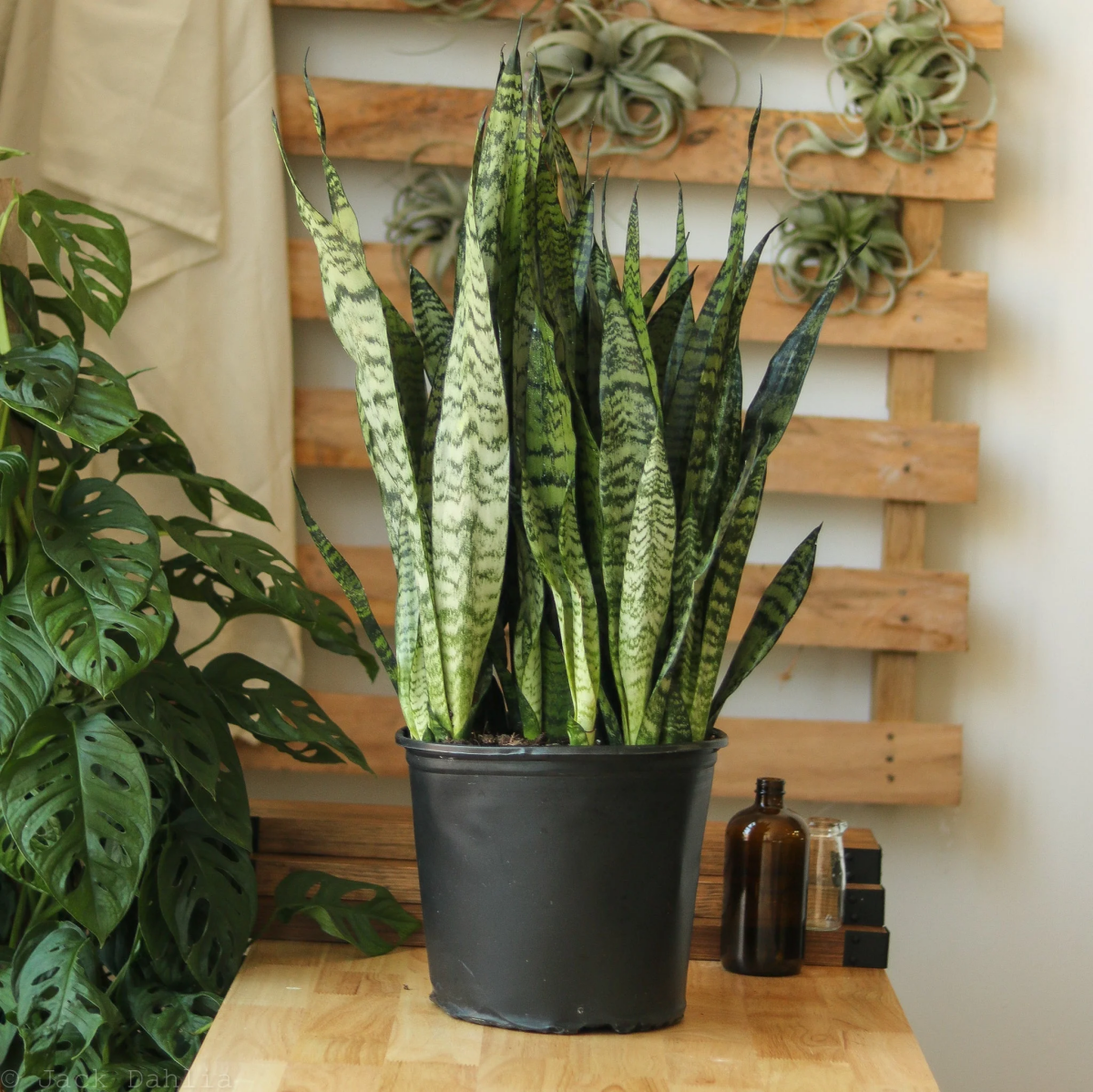
Watering: The “Soak and Dry” Method
Forget watering on a schedule. Here’s the only method you need: soak and dry. When it’s time to water, take the plant to the sink and drench the soil until water streams out of the drainage holes. This ensures all the roots get a drink. Then—and this is the critical part—let it drain completely. Don’t ever let it sit in a saucer of water.
Put it back, and then forget about it. How long? Could be 3 weeks, could be 6. It depends on the light and time of year. To check, don’t just touch the topsoil. Stick your finger or a wooden chopstick a few inches down. If you feel any moisture at all, wait another week. When in doubt, don’t water.
Light: What They Tolerate vs. What They Love
Snake plants are famous for handling low light, and it’s true, they’ll survive in a dim corner. But “survive” isn’t the same as “thrive.” In low light, they won’t really grow, their colors might fade, and they can get a little weak and stretched out over time.
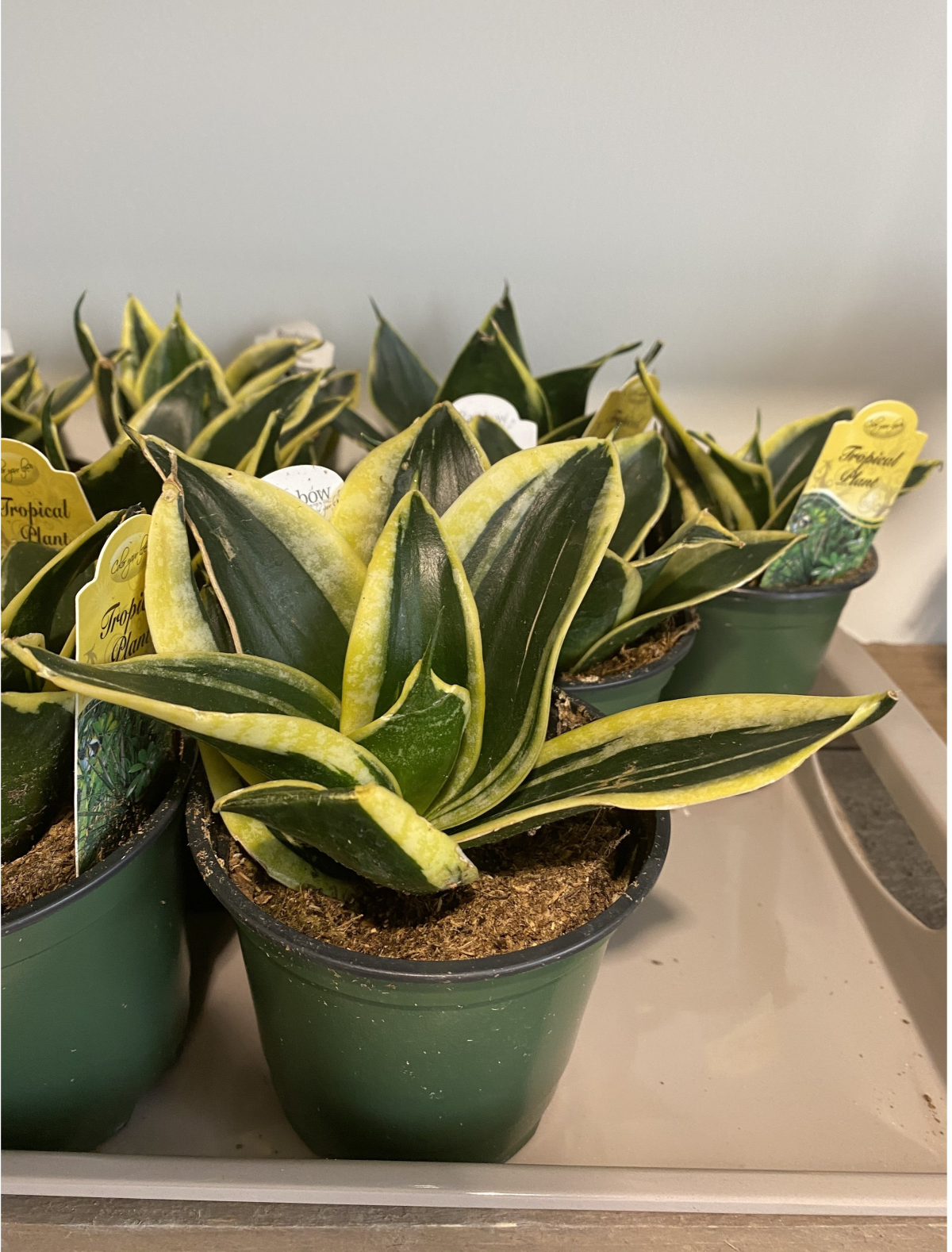
For a truly happy, vibrant plant with strong growth, give it plenty of bright, indirect light. A spot near an east-facing window is perfect. A few feet back from a sunny south or west window also works great. A little direct morning sun is fine, but harsh afternoon sun can burn their leaves, leaving ugly brown scars for life.
Pots and Feeding Your Plant
For beginners, I almost always suggest a classic, unglazed terracotta pot. They’re porous, which means they breathe and help pull extra moisture out of the soil. A good terracotta pot can be as cheap as $5-$15 and is your best friend in preventing root rot. If you’ve fallen in love with a beautiful decorative pot that has no drainage hole, PLEASE do not plant directly in it. I’ve seen that end in a mushy funeral too many times. Instead, keep your snake plant in its cheap plastic nursery pot (with holes!) and just use the pretty pot as a sleeve or a “cachepot.” When you water, take the plastic pot out, let it drain completely in the sink, then pop it back in. Problem solved.
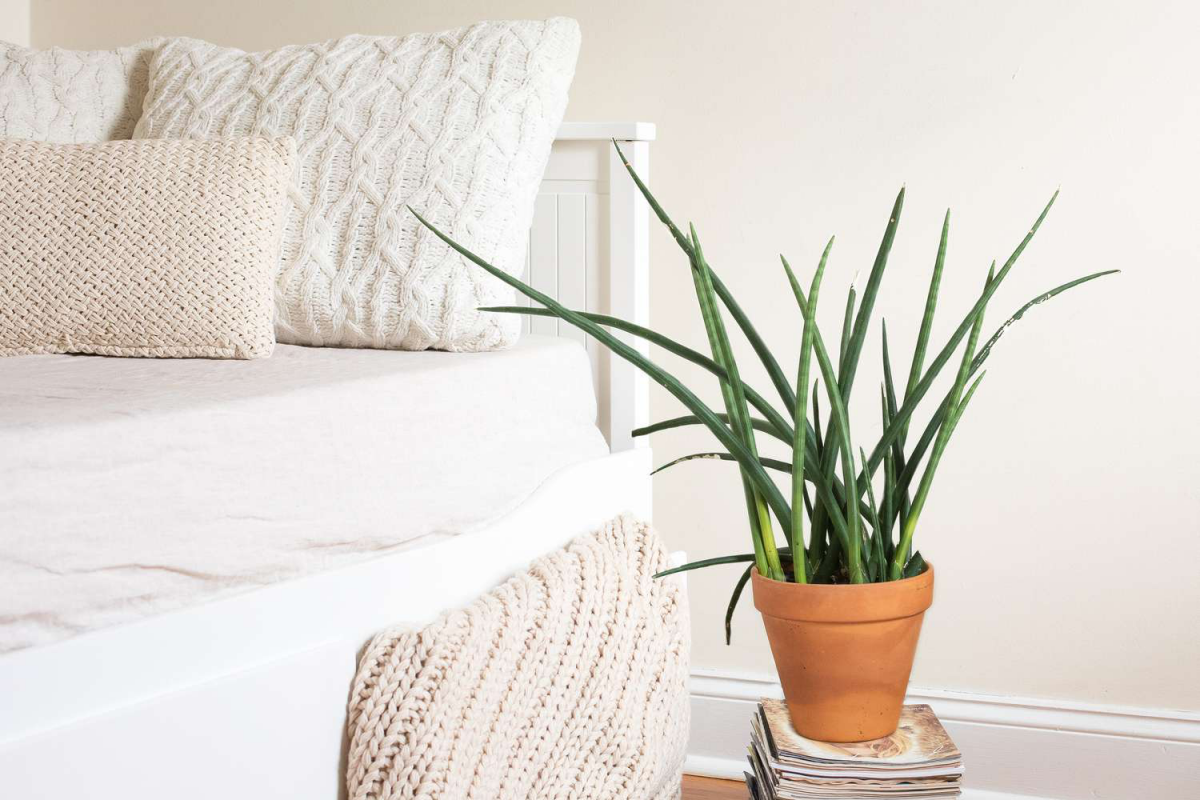
As for food, these guys aren’t heavy eaters. During the growing season (spring and summer), you can give them a standard liquid houseplant fertilizer that’s been diluted to half-strength. Once a month or every other month is plenty. In the fall and winter, just let them be. No food necessary.
A Look at the Popular Snake Plant Crew
Okay, let’s get to the fun part—picking a style. There’s a surprising amount of variety out there.
The Classic (‘Laurentii’)
This is the one everyone pictures: tall, sword-like green leaves with striking yellow edges. It’s a workhorse in interior design for a reason. It provides great vertical height and is incredibly reliable. A common ‘Laurentii’ will probably run you between $15 and $30 at most stores.
Pro Tip: Those yellow edges can only be passed on through division (separating a whole new plant). If you grow a new plant from a leaf cutting, it will revert to an all-green form. It’s a weird quirk of its genetics!
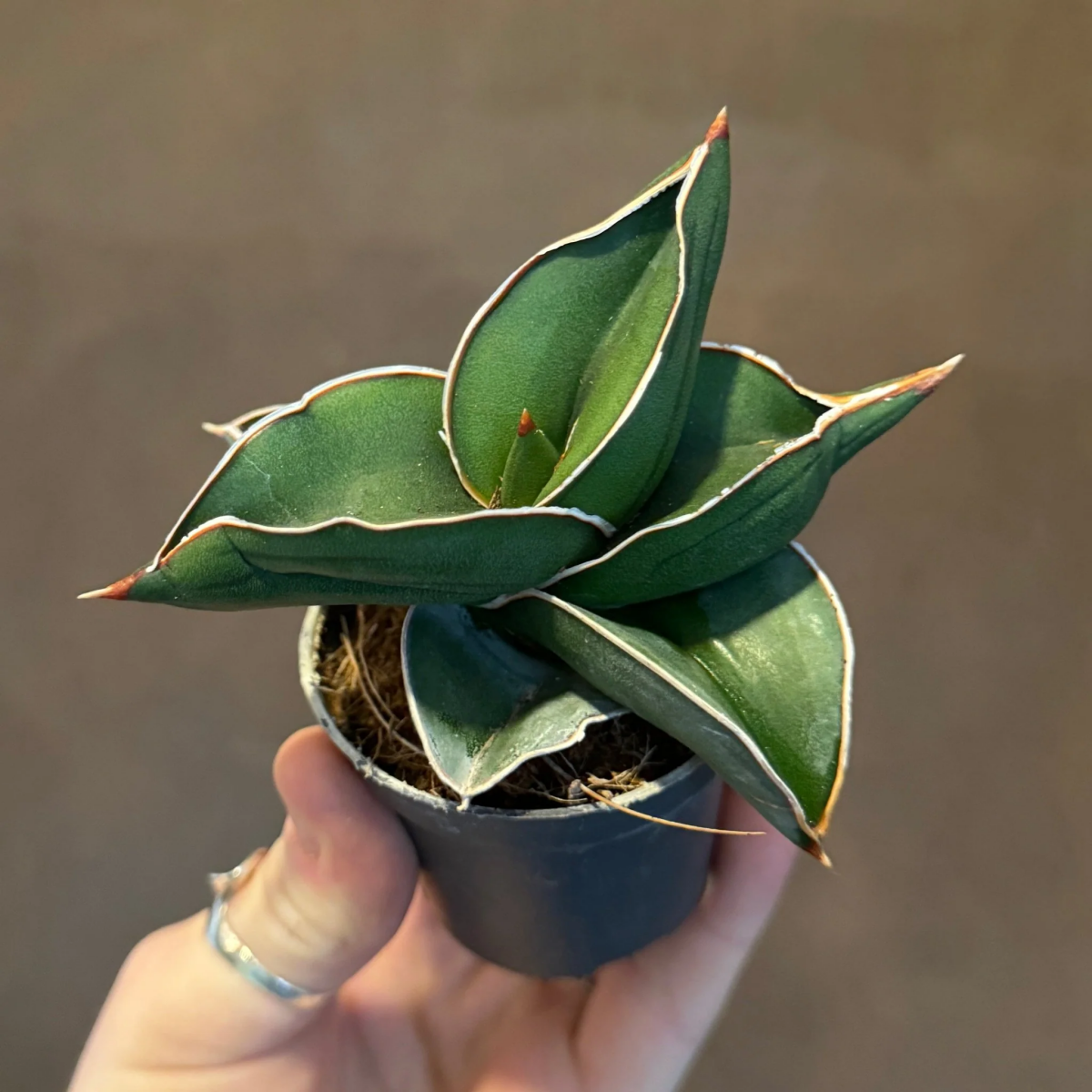
Bird’s Nest Snake Plant (‘Hahnii’)
This one is an absolute delight. It’s a short, squat variety that grows in a rosette, looking a lot like a little green bird’s nest. It was originally discovered as a happy accident, a natural mutation. Because it stays small (usually under 10 inches), it’s perfect for desks and shelves. There are even versions with yellow stripes (‘Golden Hahnii’).
African Spear (Cylindrical Snake Plant)
A total showstopper. This plant has round, spear-like leaves that are smooth and rigid. You’ll often see them sold with the leaves braided, but I always recommend cutting the tie. The braiding restricts growth and can trap moisture, leading to rot. Let it grow naturally! A popular version called ‘Boncel’ has shorter, fatter leaves that fan out like a starfish.
Whale Fin Snake Plant
This one is pure living sculpture. It’s often sold as just a single, giant, paddle-shaped leaf in a pot. The markings are beautiful, but a word of warning: be patient. A single leaf can take years to produce a new pup from the soil. Don’t think you’re doing something wrong. It’s just focusing on its roots. Because they’re slow and trendy, be prepared for a higher price tag—a single-leaf ‘Whale Fin’ can easily cost $75 or more.
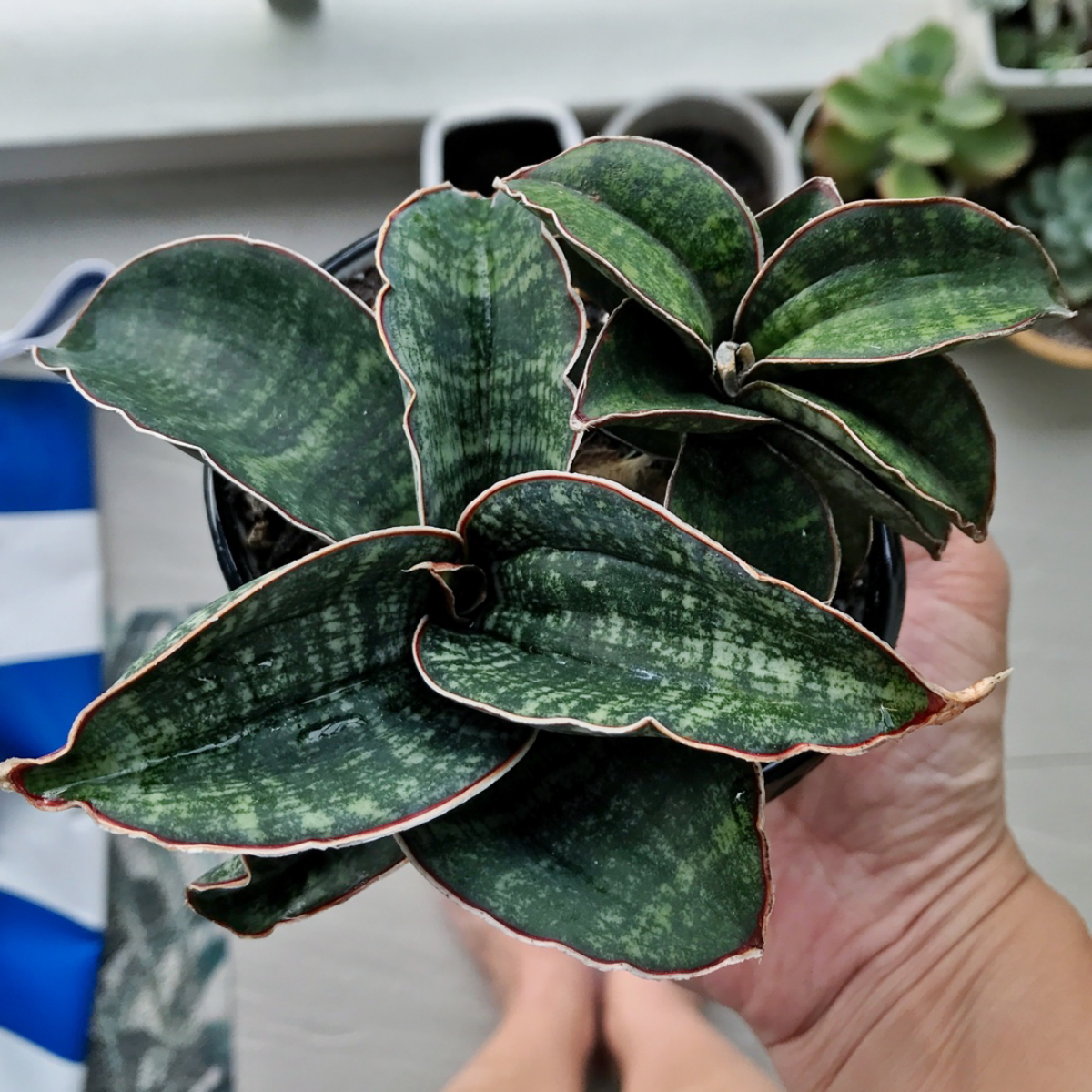
Samurai Dwarf
As cool as it sounds. This is a super-compact, tough-looking plant with thick, V-shaped leaves that stack on top of each other. It’s an incredibly slow grower, which is great for small spots. Its only real weakness is crown rot, so when you water, aim for the soil and try to keep the center of the plant totally dry.
Making More Plants for Free
One of the best parts of owning snake plants is how easy they are to propagate. You can turn one plant into many.
Method 1: Division (The Fast & Foolproof Way)
This is the best method, especially for preserving those pretty colored edges on plants like ‘Laurentii’.
What you’ll need: A clean, sharp knife; a new pot; and your fresh soil mix.
Simply take the whole plant out of its pot and look for a natural separation—a smaller plantlet, or “pup,” with its own roots. Use your knife to slice through the thick root (the rhizome) connecting it to the mother plant. Pot them both up in fresh, dry soil. Wait at least a week before you even think about watering, to let the cut heal over.
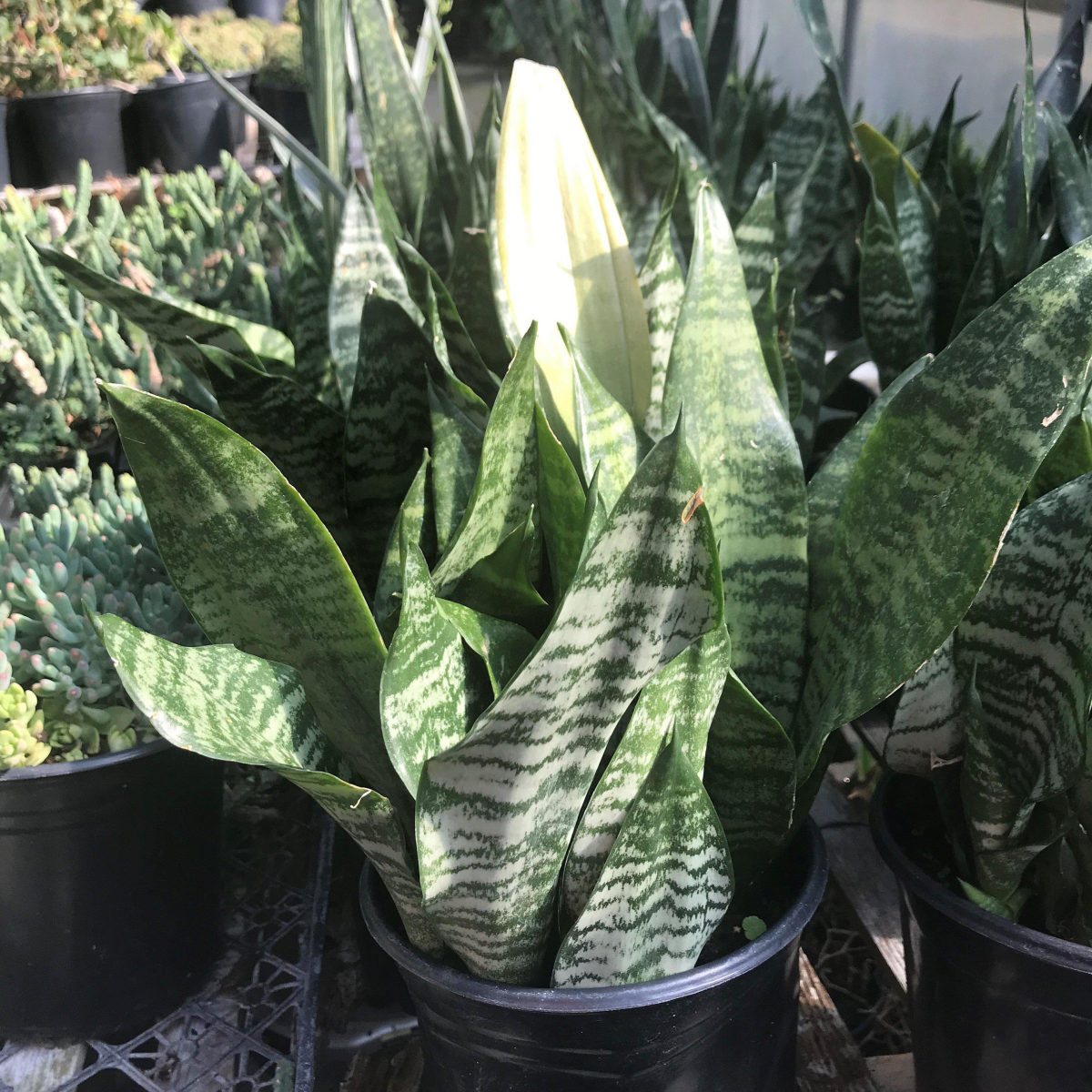
Method 2: Leaf Cuttings (The Patient Gardener’s Way)
This takes a lot longer, but you can make tons of plants from just one leaf.
What you’ll need: A healthy leaf, a clean knife, and a pot with soil.
Cut a healthy leaf off near the base. You can root the whole thing or cut it into 3-4 inch sections. Heads up! You MUST remember which end is the bottom (the part that was closer to the roots). That’s the only end that will grow roots. I make a little V-shaped notch on the bottom of each cutting so I don’t forget. Let the cuttings sit out for a couple of days until the cut end is dry and calloused. Then, stick them about an inch deep into soil. Water very lightly, and wait. It can take anywhere from two months to a year for a new baby plant to poke up through the soil.
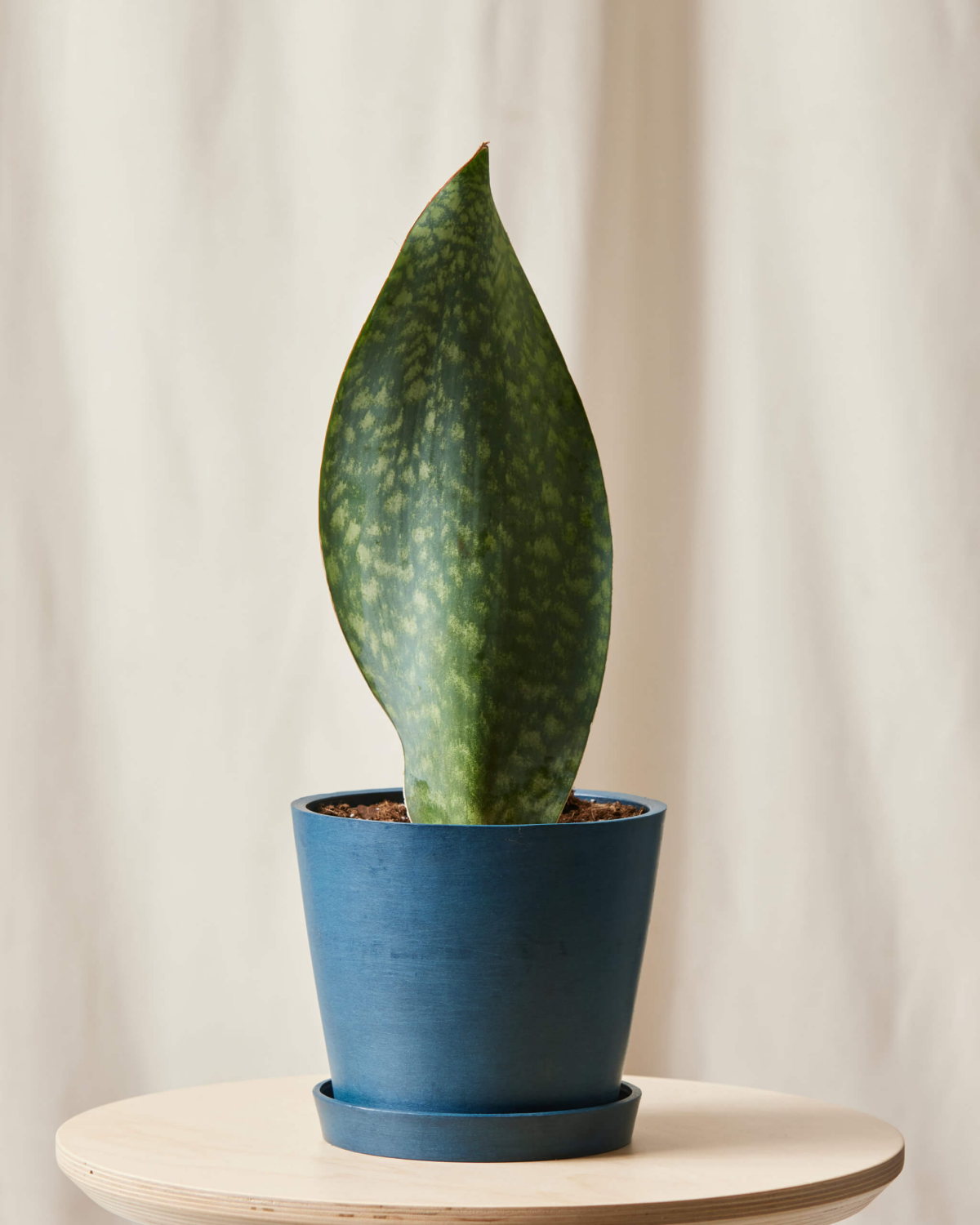
Troubleshooting Common Problems
- Root Rot: The #1 enemy. The base is mushy, leaves are falling over, and it smells bad. You have to do surgery. Cut away every last bit of black, mushy root and leaf. Let the healthy part dry out for a few days, then repot in fresh, BONE-DRY soil. Don’t water for at least two weeks.
- Pests: They’re pretty resistant, but sometimes get mealybugs (white cottony fluff) or spider mites. For a small problem, just dip a Q-tip in rubbing alcohol and wipe them off. For a bigger invasion, a spray-down with neem oil works wonders. A bottle of concentrate is about $15 and will last you forever.
- Yellowing Leaves: Nine times out of ten, this is overwatering. Check your soil and your habits.
A Quick Word on Safety
It’s good to know that snake plants are mildly toxic if eaten. Vets and animal safety groups agree they can cause an upset stomach, nausea, and diarrhea in cats and dogs. It’s usually not serious, but it’s best to keep them out of reach of curious pets and toddlers. Also, the tips of some varieties can be surprisingly sharp, so don’t place them where you might brush against them in a narrow hallway.

Snake plants are more than just a bulletproof houseplant. They are a lesson in resilience. Understand their simple needs, and they’ll reward you with quiet, steady beauty for years to come. I’ve had some in my own collection for over a decade, and they’re like old friends. I hope this helps you start that same relationship.
Galerie d’inspiration
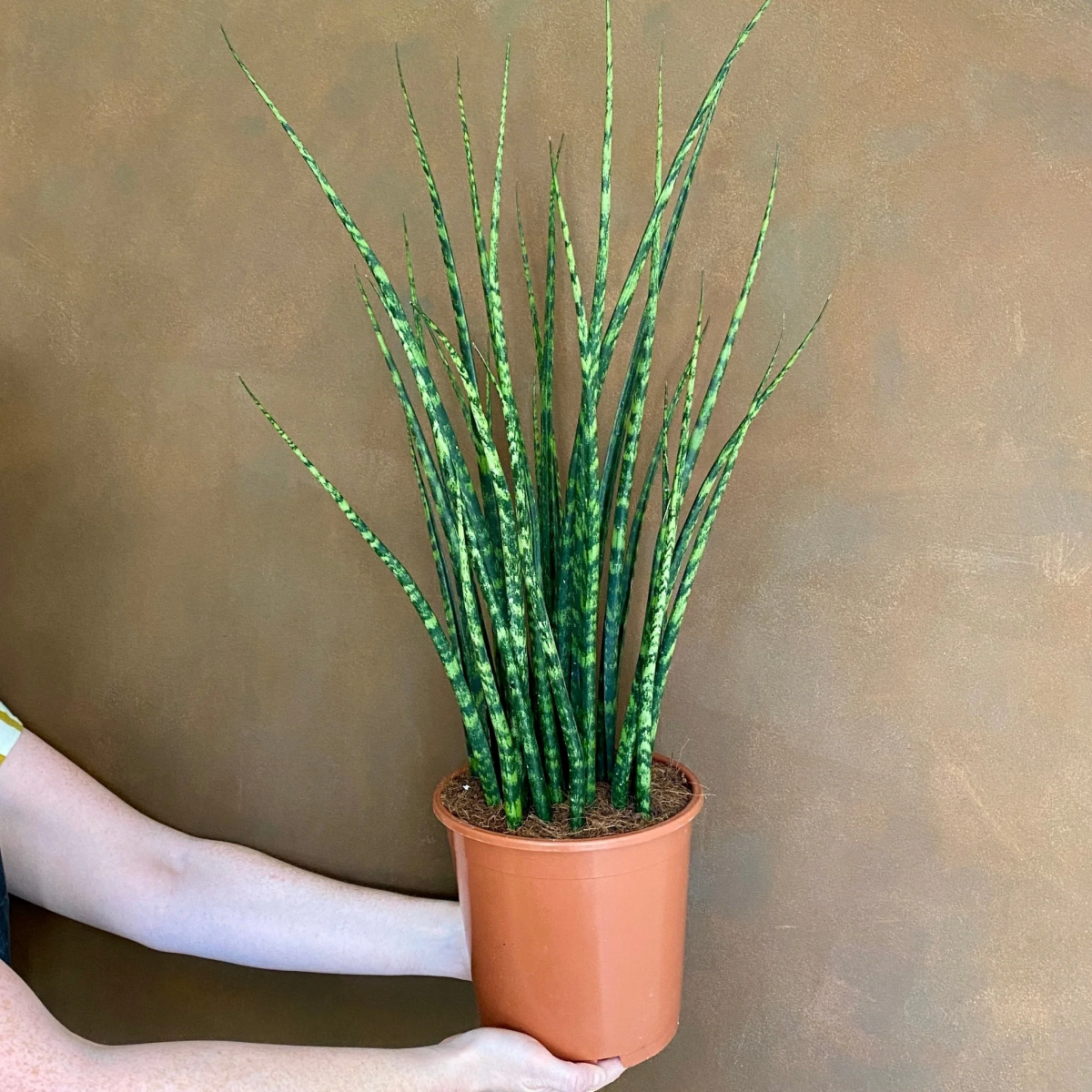
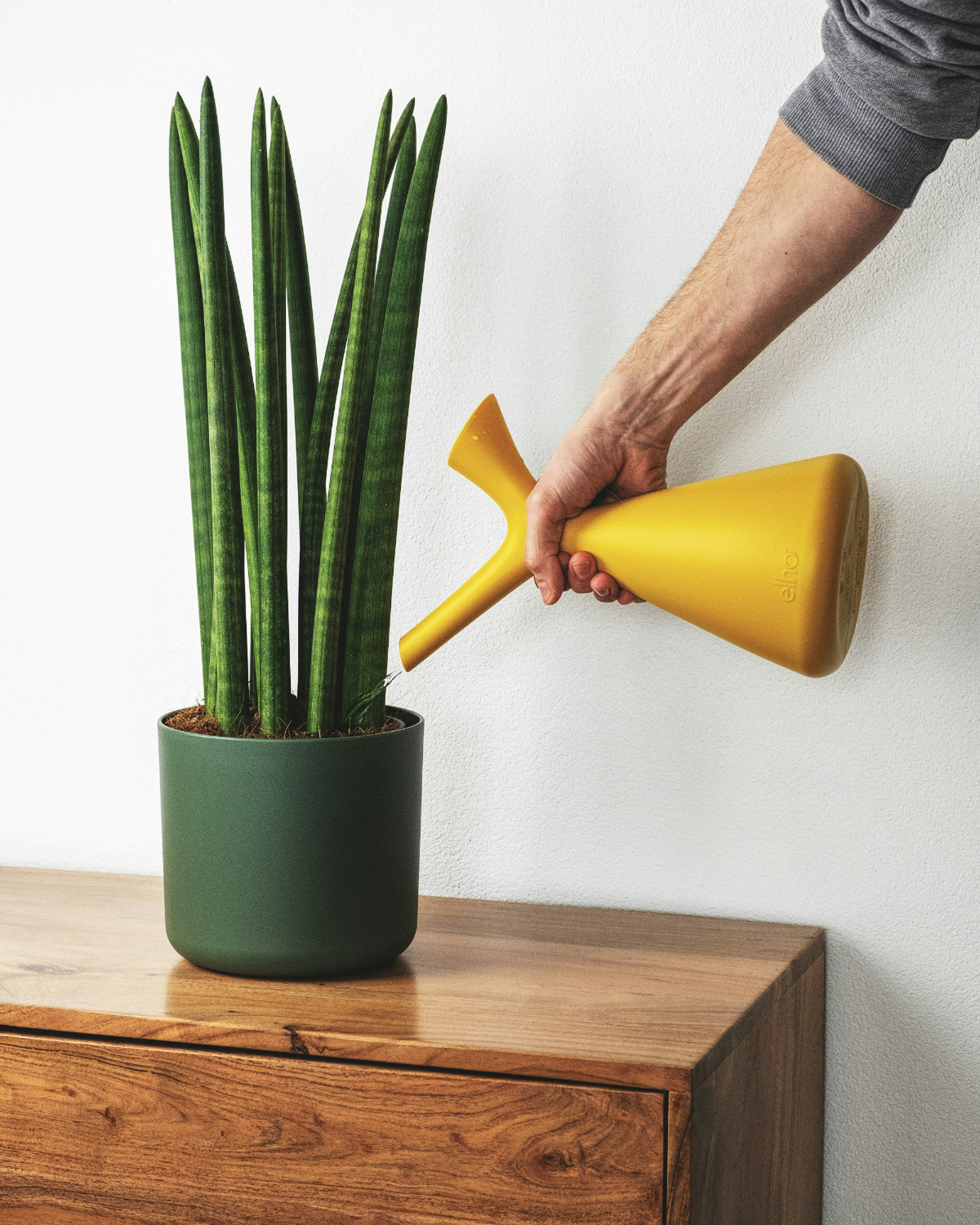
My snake plant’s soil stays wet for weeks. What am I doing wrong?
It’s likely less about your watering schedule and more about the plant’s home. The number one rule for snake plants is drainage. Ensure your pot has at least one large drainage hole; decorative pots without them are a death sentence. Secondly, standard potting mix is often too dense. These plants thrive in gritty, airy soil that mimics their native arid environments. A quick fix is to use a pre-made cactus/succulent mix, or create your own super-soil by mixing regular potting soil with 50% perlite or pumice. This allows water to flow through freely, preventing the roots from sitting in water and developing the dreaded rot.
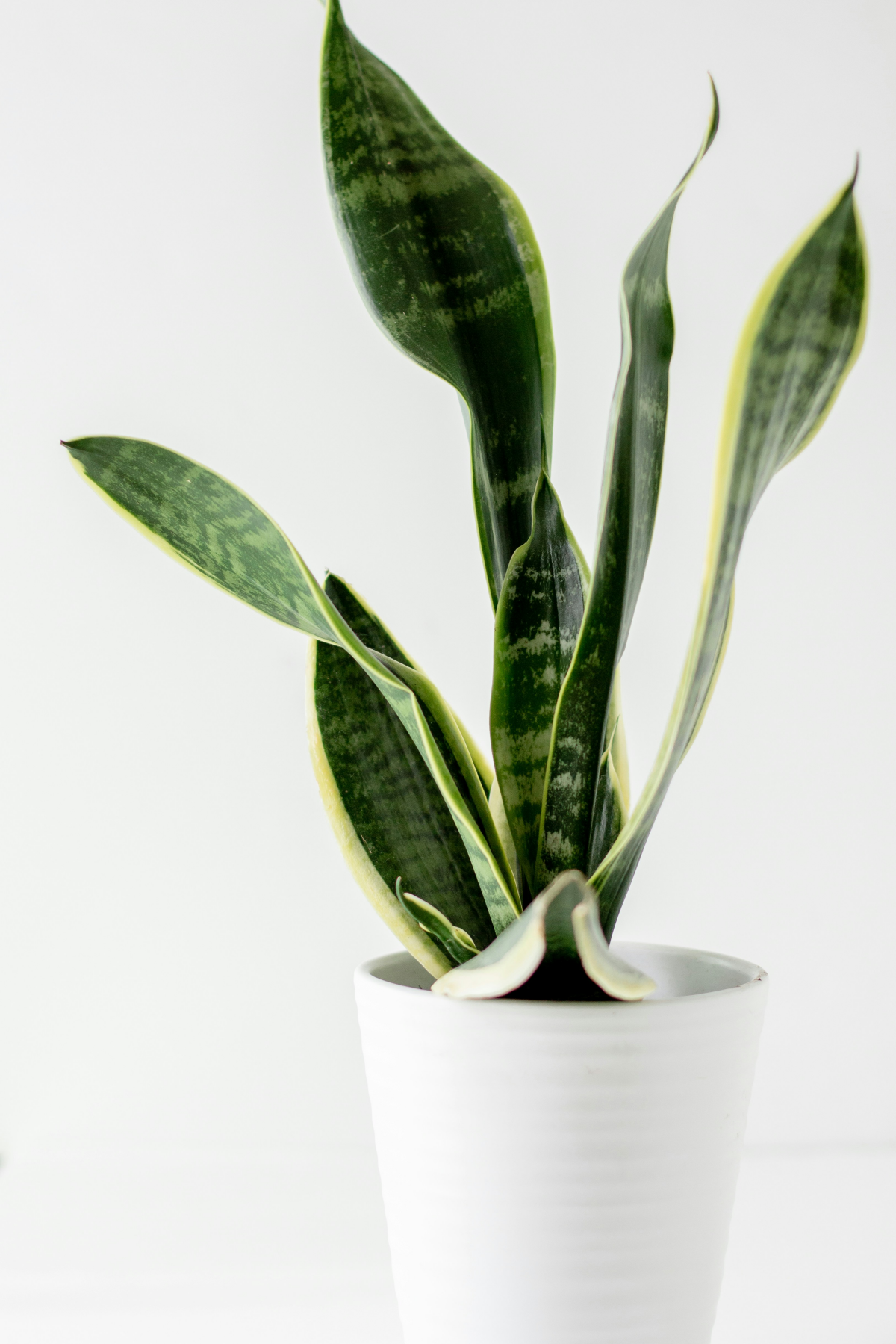
A 2019 study by NASA confirmed that snake plants are particularly effective at filtering airborne toxins like benzene and formaldehyde, making them one of the top-recommended air-purifying plants.
This isn’t just a houseplant; it’s a quiet, green-leafed workhorse. While many plants perform this function, the snake plant’s unique ability to release oxygen at night (a process called Crassulacean Acid Metabolism) makes it an ideal companion for bedrooms, helping to improve air quality while you sleep.
For a bold, architectural statement: The classic Sansevieria trifasciata ‘Laurentii’ is your go-to. Its tall, sword-like leaves with vibrant yellow edges create strong vertical lines that can elevate any corner.
For a soft, minimalist vibe: Seek out the Sansevieria ‘Moonshine’. Its ghostly, silvery-green foliage offers a modern, subtle elegance that complements neutral and pastel color schemes beautifully. It’s a softer, more ethereal take on the classic snake plant form.










